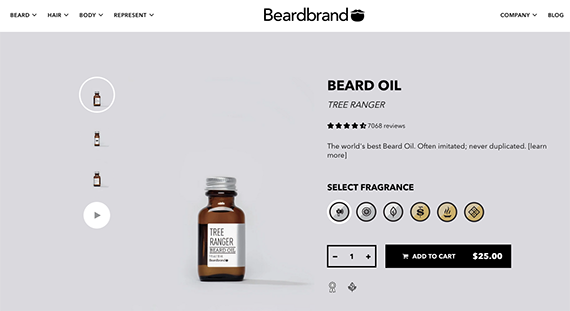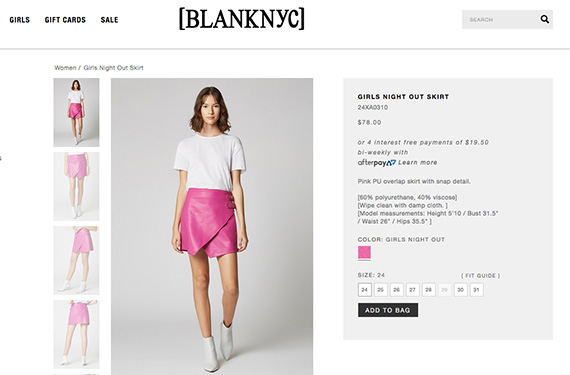A good customer profile relies on objective information to describe shoppers, often segmenting them around the reasons they choose a company or product.
The term “customer profiles” is sometimes used interchangeably with the phrase “customer personas” or “marketing personas,” but a few marketers — especially those at HubSpot — prefer separate meanings. These folks tend to define “profiles” as data-driven descriptions of actual customer demographics and behaviors while “personas” are composites and generalizations.
In this post, I’ll offer tips for building and using customer profiles.
Define the Purpose
A shocking number of customer profiles (or personas) go unused.
In the past six months, I have worked with a direct-to-consumer ecommerce seller, a brick-and-click retailer, and a small boutique shop. In each case, when I asked if they have customer profiles, the reply was, “We used to, but we don’t use them anymore.”
These three companies had each gone through the exercise of creating a portrait of their most desirable customers. One set of personas had been printed on heavy stock and was pinned to a bulletin board in the marketing department like art. But they were not used.
Your ecommerce customer profiles should be tools with a purpose. Before you collect oodles of demographic details or piles of psychographic insights, you need a clear direction.
For example, customer profiles can help choose advertising vehicles. They can make it easier to identify customer segments for email or direct marketing. They can be used to guide ad copy and identify the key reasons a shopper buys. And they can be a source of ideas for content marketing.
Know why your ecommerce business needs customer profiles and how those profiles will be integrated into your various workflows. Will profiles be used, say, for customer acquisition or for building customer relationships?
Will Customers Benefit?
As you contemplate how your ecommerce company should employ customer profiles, try to figure out how you can help your customers.
Many products solve a problem. A fellow with a dry and coarse beard might want Beardbrand’s Tree Ranger beard oil because it will hydrate his beard and make it feel soft.
Understanding why a shopper wants to buy beard oil should make it easier to sell.
A female planning to attend an eighties-themed rave next weekend could be interested in BLANKNYC’s “Girl’s Night Out Skirt” because it looks like leather, but it is made with polyurethane and viscose. Thus, it is suitable for a thoughtful vegan circa 2020.
Realizing that your customers want vegan materials helps you develop and sell products.
Insights about why your customers buy a particular product and why they buy it from your store are among the most important benefits of developing customer profiles, so don’t miss out.
Use Objective Data
Customer service representatives can provide interesting information about your shoppers, including, in my experience, some amazing anecdotes.
Interviewing customer service reps can go a long way towards your company’s buy-in for profiles.
Don’t stop, however, with subjective information. Take the time to collect and analyze objective data about who your customers are, what motivates them, and how they behave.
For example, I’ve observed marketers at a multichannel merchant export every customer record from its database as a CSV file — more than 22,000 total rows.
This file was opened as a Google Sheet. Using filters, the marketing team narrowed the list to just 27 shoppers who had been the most loyal and most valuable to the company.
It turned out that all 27 had interacted with the same customer service representative on several occasions.
Next, they found this same person interacted with the top 1 percent of customers 50 percent of the time.
In other words, one person had a huge influence on sales. It was a stunning find for the business. And it was only possible with objective data.
Use Affinities, Too
Notwithstanding the benefits, season hard, objective facts with customer responses, feedback, and social media posts that indicate opinions, preferences, and other affinities.
You can gather this information with customer surveys, emails, or even after-hours voice messages.
The merchant that identified its 27 best customers also looked those folks up on Facebook, LinkedIn, and other social media sites to learn if they had common likes and dislikes. This, too, is a good source of info.
Iterate
Finally, customer profiles are not static. Rather, they should be reviewed and updated regularly — as often as once a year. The key, however, is first to define the purpose, such as for new product launches or major marketing campaigns.





